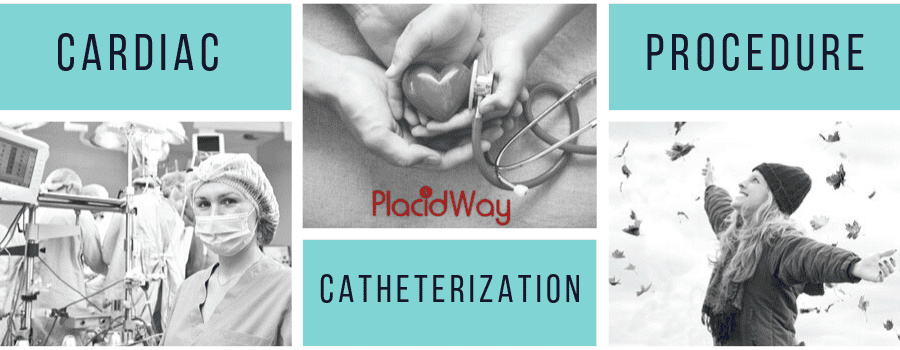 Understanding Cardiac Catheterization Procedure
Understanding Cardiac Catheterization ProcedureCardiac catheterization is a procedure that utilizes a catheter, or a thin, flexible tube threaded into the right or left side of the heart in order to obtain diagnostic information about certain areas in the heart muscle, or blood vessels leading into or out of the heart muscle. This procedure is used to diagnose and provide best courses of treatment for certain types of heart conditions.
Cardiac catheterization is utilized in a multitude of procedures that can help identify heart disease or defects, such as valve problems, coronary artery disease, aneurysms, and heart enlargement. Catheterization procedures are also commonly used to identify and diagnose:
During the cardiac catheterization procedure, patients are often awake and required to lie flat on his or her back. In most cases, medicine will be administered to help induce relaxation, but also enable patients to remain awake in order to follow doctor's instructions.
During the heart catheterization procedure, an intravenous (IV) line is carefully threaded into a blood vessel that originates in a groin, the arm, or the neck. They catheter is inserted through this line into the blood vessel. A doctor is able to follow the pathways of the blood vessels into the heart muscle using an x-ray machine in a process called fluoroscopy. Once the catheter reaches its ultimate destination, contrast materials are then injected via the catheter and surprisingly detailed pictures are then produced.
Following the procedure, patients will rest for several hours or overnight. Movement will be limited, especially from the site where the catheter was inserted, which can be a narrow incision in the groin, in the arm, or in the neck.
Cardiac catheterization is a common procedure and rarely causes serious complications. Discuss such issues with your health care provider to determine what to expect before, during, and after the cardiac catheterization procedure.
Cardiac catheterization can be used in many cases to evaluate blood supply, heart abnormalities, heart and heart valve functions. Cardiac catheterization is also used as a therapeutic procedure that may help repair heart defects, open blocked arteries and blocked heart valves.
Because cardiac catheterization is utilized in the diagnosis and treatment of heart conditions, it is very valuable to any individuals experiencing chest pain, as well as those recently recovering from heart attacks. Patients who have recently experienced a heart attack and suffered major damage to the heart may also benefit from cardiac catheterization procedures, as will any individual who has undergone additional tests such as stress tests or EKGs that suggest heart disease. Doctors also suggest cardiac catheterization for anyone they suspect of having a heart defect or those undergoing any type of planned heart surgery.
A cardiologist trained in noninvasive as well as invasive cardiac procedures may perform a cardiac catheterization procedure. Interventional cardiologists perform procedures such as the placement of stance in arteries, balloon angioplasty, as well as catheterizations.
A trained and certified cardiologist may perform interventional procedures and tests, including most angioplasty procedures. Cardiologists are not surgeons. Your cardiologist should be a fully trained physician certified to treat various cardiovascular problems and issues. He or she should have graduated from an approved and accredited medical school or college, have at least 2-3 years experience in providing patient care and several years of specialized cardiovascular education and experience. Make sure that the cardiologist you choose is certified and accredited in his or her country of origin.
Want to learn more about Cardiac Catheterization Procedures? Click the button below!
Heart Surgery Abroad, Cardiac Care Abroad